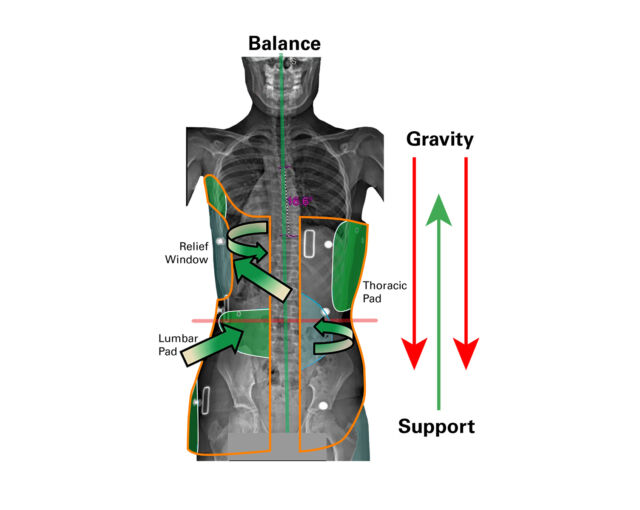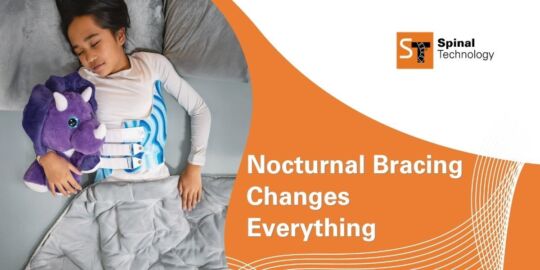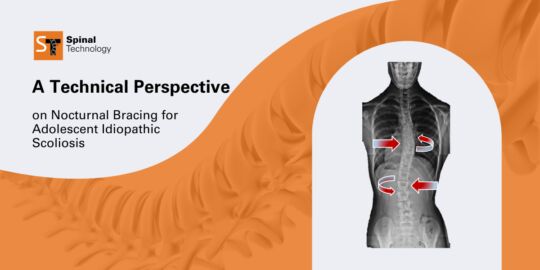Corrective Forces of Full-Time Bracing
Orthotic Management of Adolescent Idiopathic Scoliosis (AIS)
Section 3
In order to effectively treat and correct the multi-planar deformities of scoliosis, it is necessary to employ some basic principles. Full-time bracing presents unique challenges which must be addressed in the design of an orthosis. Due to the fact that the patient is upright and continuously in motion throughout the day, trying to maintain balance and fighting the effects of gravity, the form, fit, and function of a full-time brace must be accurate and consistent for 18 to 22 hours, every day.
Related Links
Need more information?
Contact our Customer Service Team at 800 253 7868. We'll be glad to help you with your question.

- In order to gain control of the torso and apply manipulative forces, a solid foundation is needed. The pelvis is the base of support, providing the necessary stability and leverage.
- The waist rolls must be tight and deep between the iliac crest and the lower ribs, comfortably capturing the ASIS. This helps to capture and control the pelvis, as well as properly locate the brace to prevent migration. In combination with abdominal compression, this applies hydraulic forces that will help to offload weight from the lumbar spine, assisting in elongation and correction of a lumbar curve.
- Both the lumbar and thoracic pads are positioned posterior-laterally to apply anterior de-rotational and medially directed forces. The pads are placed at and below the apex of each curve, with few exceptions.
- Substantial relief is necessary opposite any pad or force, in order to provide room for migration. It may argued that reliefs are more important than pads, as a symmetrical brace will inherently add some degree of correctional forces to an asymmetrical patient, as long as there is space for the deformity to migrate.
Positioning the pads below the apex of the curve and shaping them to create an upwards force vector provides the support needed to effectively lift the apex up and towards midline. This is necessary to counteract the effects of gravity and relieve some of the loads carried by the intervertebral discs. With daytime wear, the brace acts as a support structure, helping to reduce the axial load on the spine, alleviating some of the compressive forces of gravity across the discs and endplates. In order to correct the curvature and vertically elongate the spine, it is necessary to lift and support the weight carried above each vertebral level.
Greater force is required for correction in an upright/standing position, compared to that in a recumbent state. Daytime brace wear requires the consideration of gravity, ground reaction forces, and balance in brace design.


